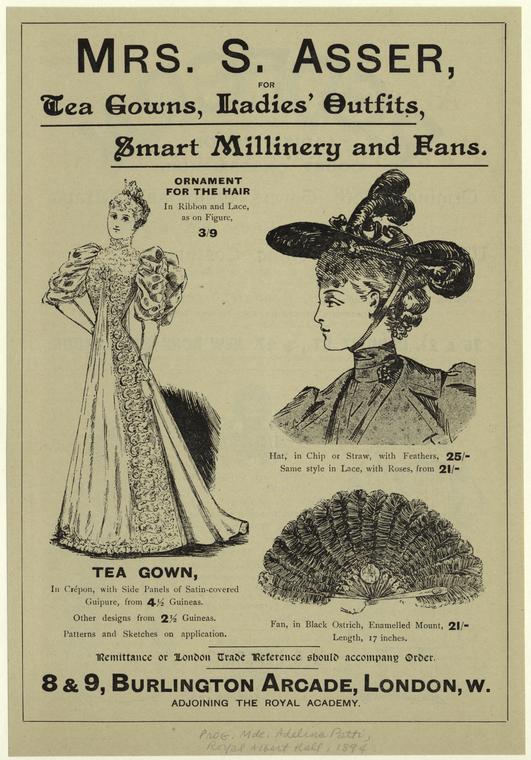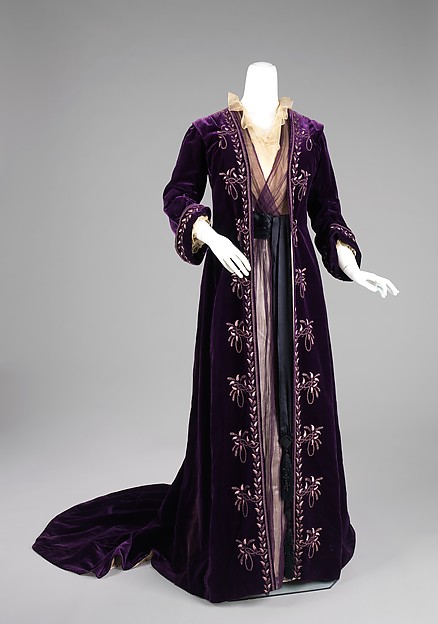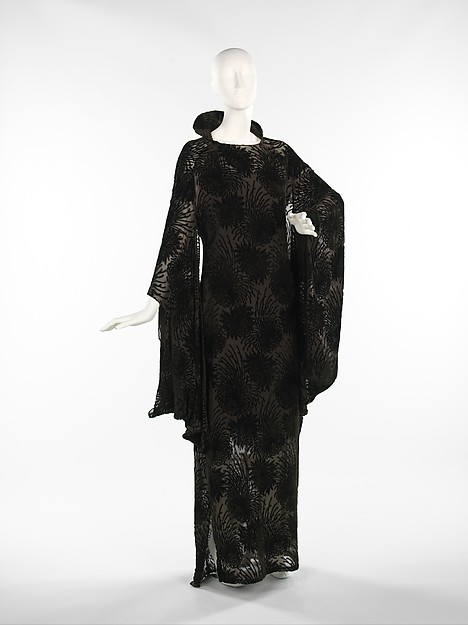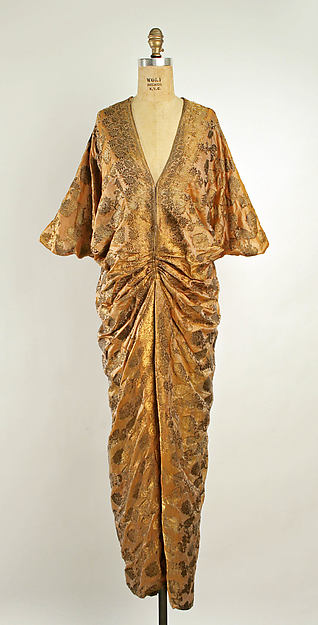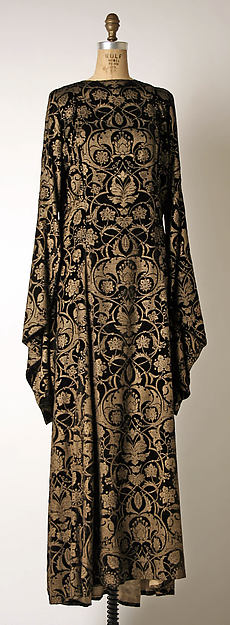Tea Gowns
Posted by Selina Law on May 4th 2016
Developed in the late 1870s as a reaction to the unhealthy practice of “tight-lacing,” tea gowns were designed to release women from the unnatural—and dangerous—impositions of vanity and idealized expectations of the female form. Smart tea gowns were comfortable and flowing dresses with an emphasis on femininity. They allowed women to dispense with their corsets for a short time each afternoon, yet still appear feminine, elegant, and stylish. Made in a variety of luxurious materials such as silk, satin, chiffon, lace, and velvet, these dresses became the absolute height of fashion.
Tea gowns from 1880s to 1930s, The Metropolitan Museum of Art, New York.
Originally intended only as at-home wear—not for visits to the tearooms of the new department stores in town or to a nearby country tea parlor, tea gowns speedily advanced from semi-seclusion and were admitted at quiet dinners or as evening gowns. As fashions and the female silhouette changed through the late 1920s, the tea gown gradually merged with “afternoon” and “cocktail” frocks, which were advertised as “just right for dancing, supper and tea dates.” By the 1930s, tea gowns were beginning to disappear.


